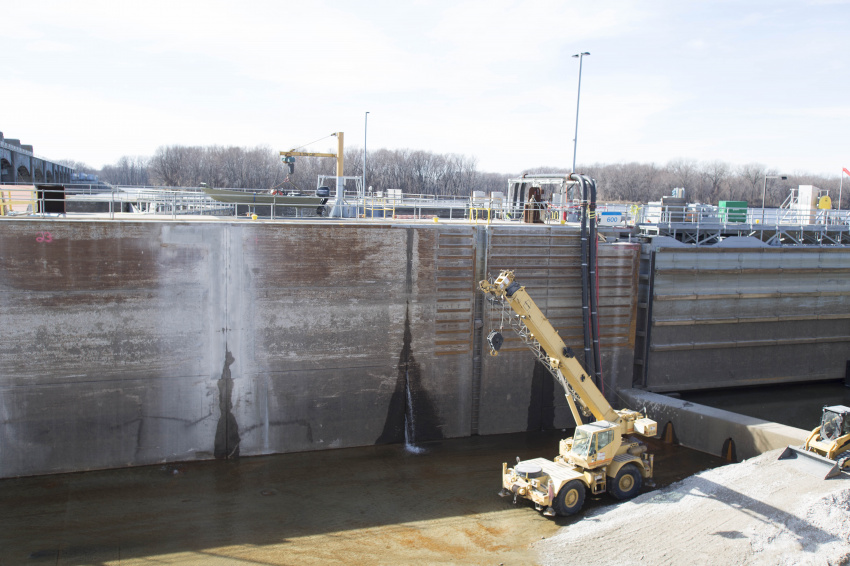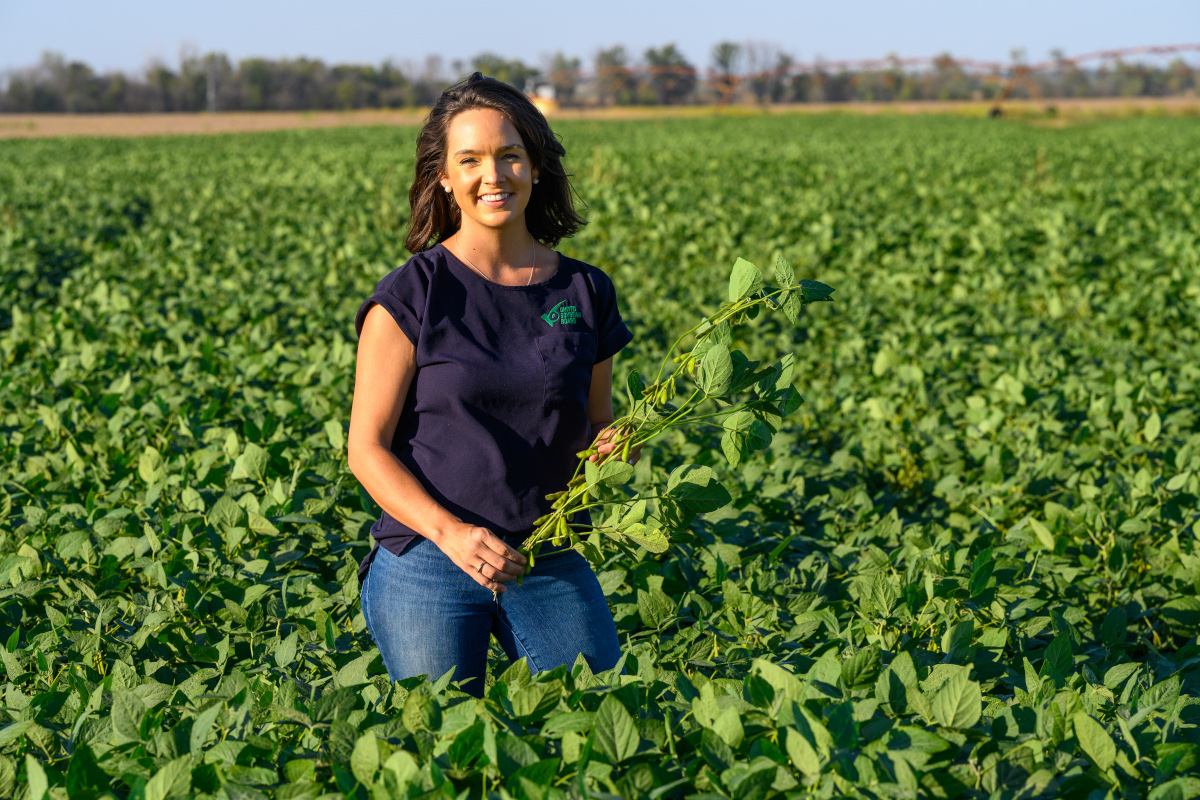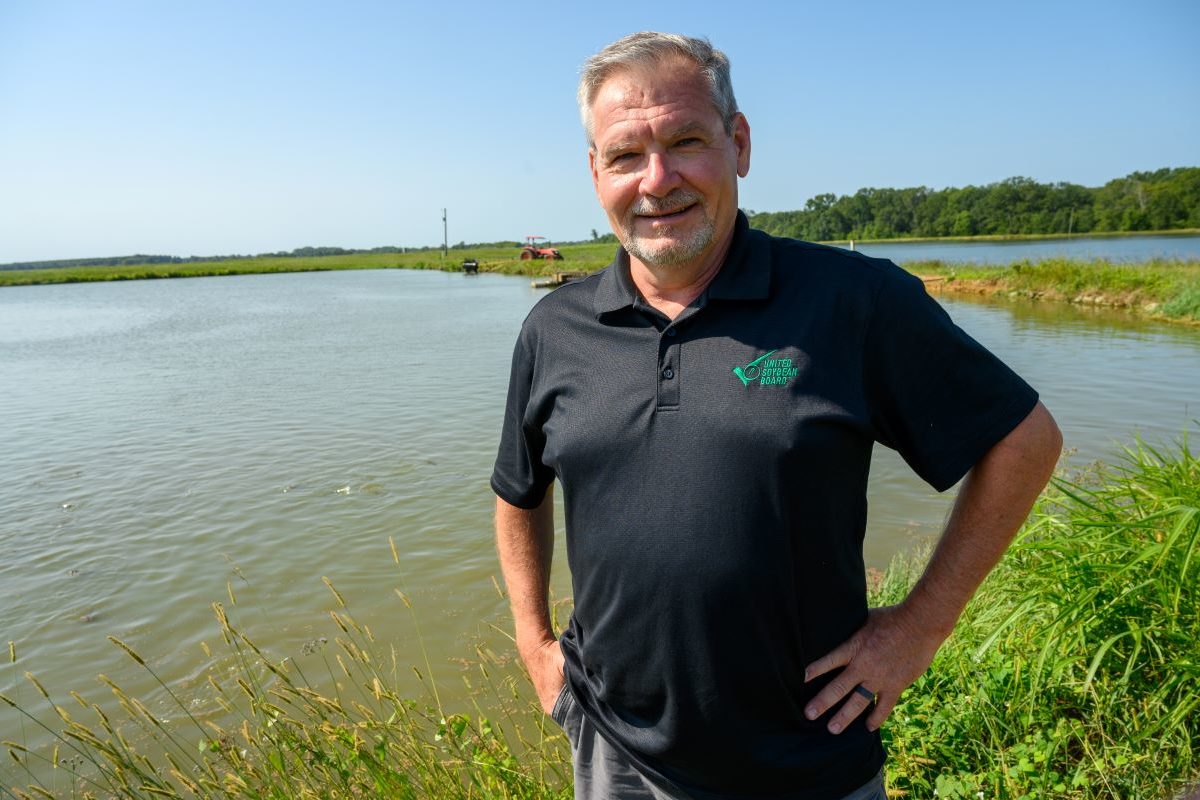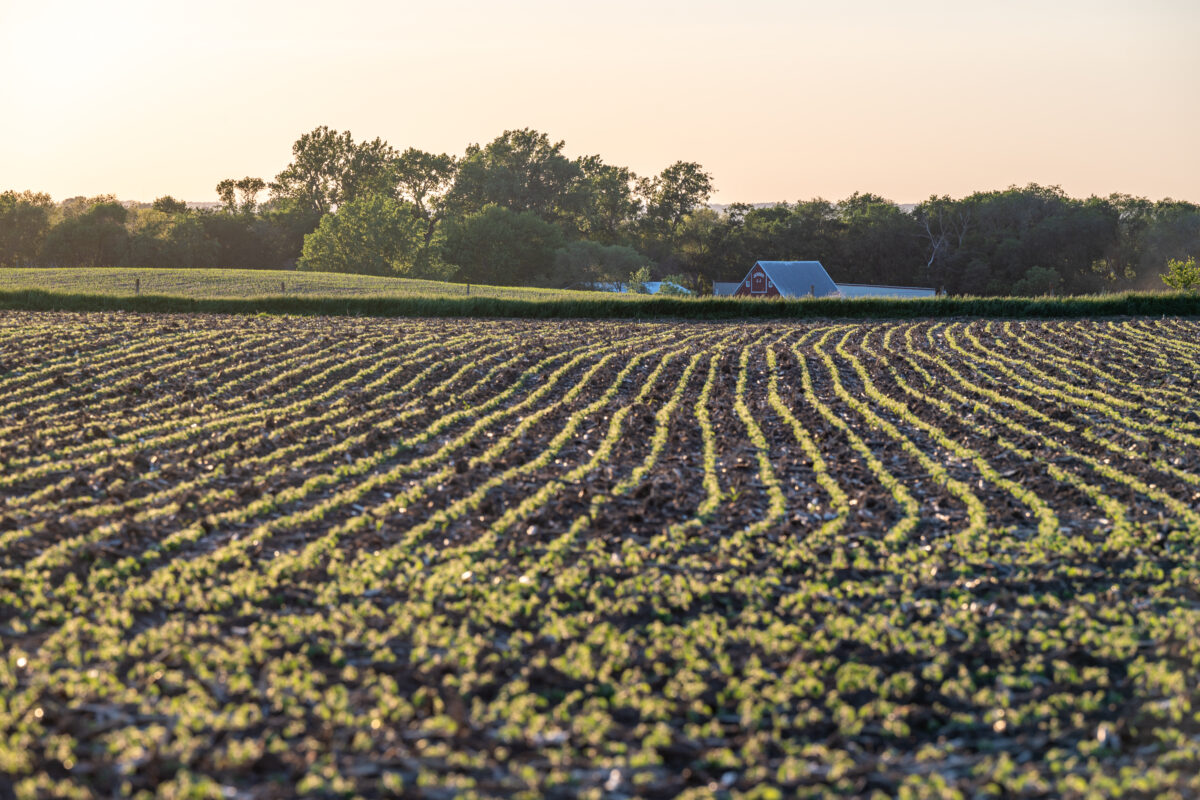Follow Our Lead: Mississippi River Dredging Work Proceeds as Planned

Against the backdrop of the lingering COVID-19 pandemic, the timeline for deepening portions of the lower Mississippi River is not only moving forward, but ahead of schedule. This is important because 60% of soybeans travel abroad via the Mississippi River, like 70% of all U.S. exports.
Ground breaking on the dredging project, which benefits U.S. soybean exports and other essential segments of the U.S. economy, is set for July 31. Dredging will be completed by the Army Corps of Engineers and the Louisiana Department of Transportation and Development, but was a strategic priority of the United Soybean Board and Soy Transportation Coalition — made possible through the investments made by U.S. soybean farmers.
“U.S. soybean farmers invested in critical research [through planning, analysis and design] through our checkoff to clear the path for more reliable infrastructure — improving U.S. Soy’s value to our customers,” said Meagan Kaiser, USB treasurer and farmer-leader from Missouri. “Creating opportunities to make our supply chain quicker and easier gives us more outlets to reach our customers around the globe with our products.”
“Amidst all the uncertainty in our society, we are really pleased to see this project move forward,” said Mike Steenhoek, executive director of the Soy Transportation Coalition. “In fact, the first phase of the work actually started much sooner than planned.”
A report commissioned by STC estimates the dredging project will bring an additional $461 million in revenue to U.S. soybean farmers. That value translates to saving 13 cents per bushel of soybeans in freight costs by increasing the load potential to 500,000 bushels per ocean vessel, according to the report.
Looking at a map of the United States, every Midwestern state contains a supply chain link that connects to the Mississippi River. It is one of the most essential waterways in the world due to its mass connections — and the soybean market that links to the system. Even farmers who aren’t near the Mississippi River or a connection river can benefit due to the increased modal competition between rail and barge.
“Dredging will help boost profitability for soybean farmers across the country,” said Woody Green, soybean farmer and USB director from South Carolina. “The project leads to more efficient, more globalized transportation of soy products.”
The checkoff invested $2 million to offset the planning, analysis, design and research costs related to the dredging project to bring this value to farmers — a shockingly strong return on investment. ASA, STC and several state soybean groups are also partnering to carry the project beyond the checkoff’s initial investment. The physical work to dredge the river will ultimately be funded by state (25%) and federal (75%) governments. Federal funding has been appropriated for this work in the Army Civil Works fiscal year 2020 Work Plan to complete the first phase, deepening the river to 50 feet up to 154 miles inland. Eventually, the goal is to dredge all the way up to Baton Rouge from the Gulf of Mexico.
The U.S. is a global leader in transportation infrastructure, but must continue to make investments to sustain our competitive advantage. Global competitors are increasing investment in their infrastructure already. Brazil is dredging the Port of Santos to approximately 50 feet as well as adding additional terminals. This investment has already increased exports from 1.6 million metric tons in 2002 to 15.4 million in 2015.
The project will be carried out by the Army Corps of Engineers to be completed through the fall of 2020 into next year. Once this new depth is reached, it will unlock long-term benefits for larger, more cost-effective shipments of soybeans, other crops and any exports from this channel.
“We’re really proud of the entire U.S. Soy community for working together to help bring this project to a reality,” said Kaiser. “I hope other organizations across the various commodities will take to heart that collaboration can stimulate significant improvements to our nation’s infrastructure and result in added value for our products across all crops.”
To learn more about infrastructure and the soybean industry, visit soytransportation.org or unitedsoybean.org.



